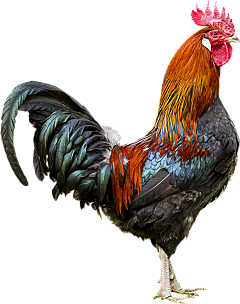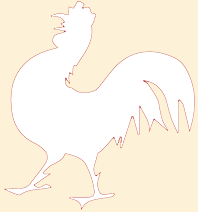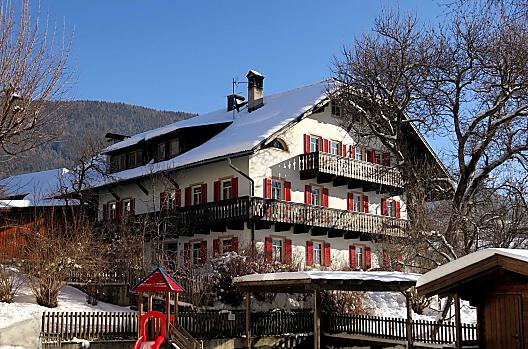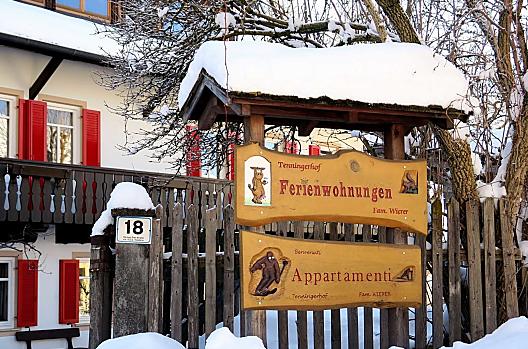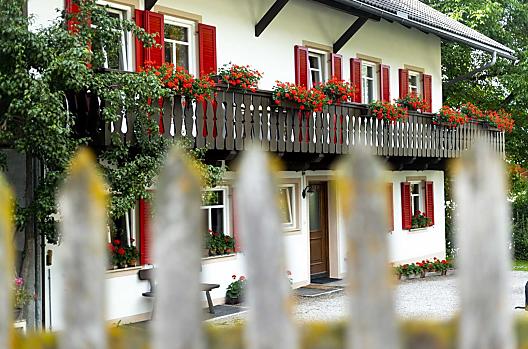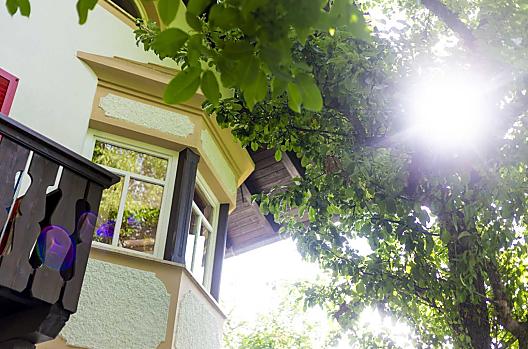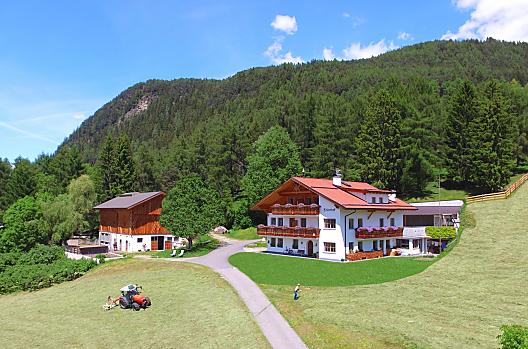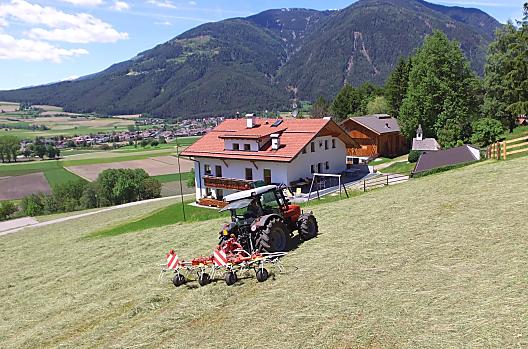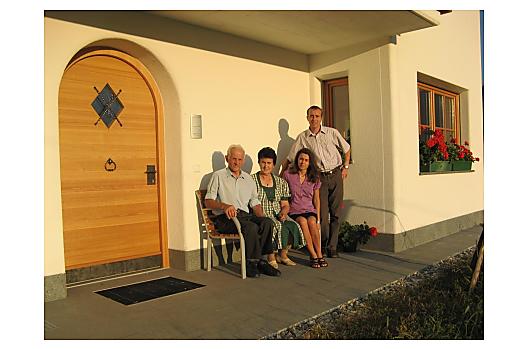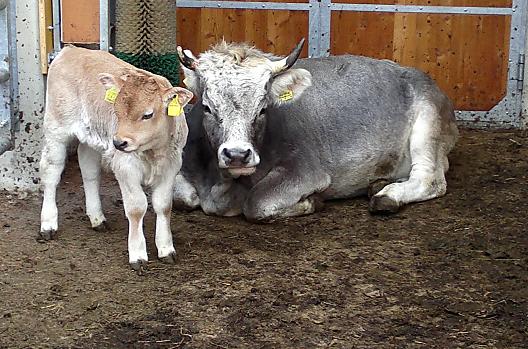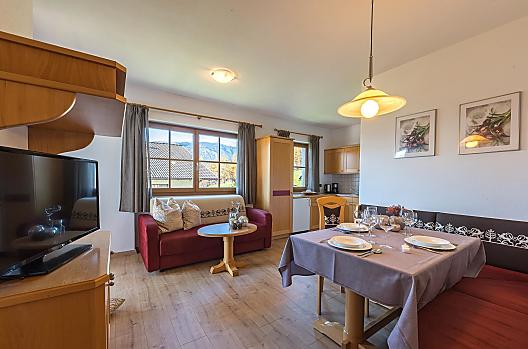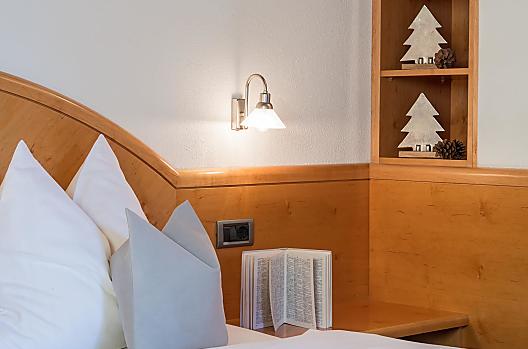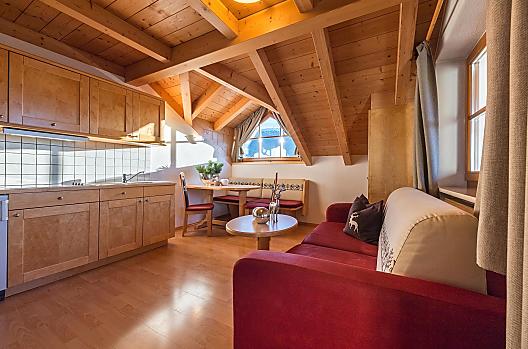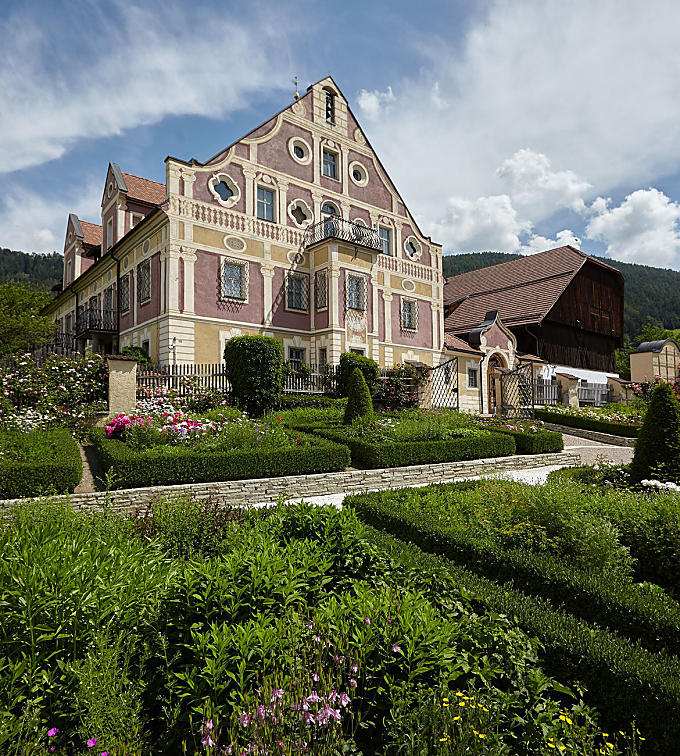
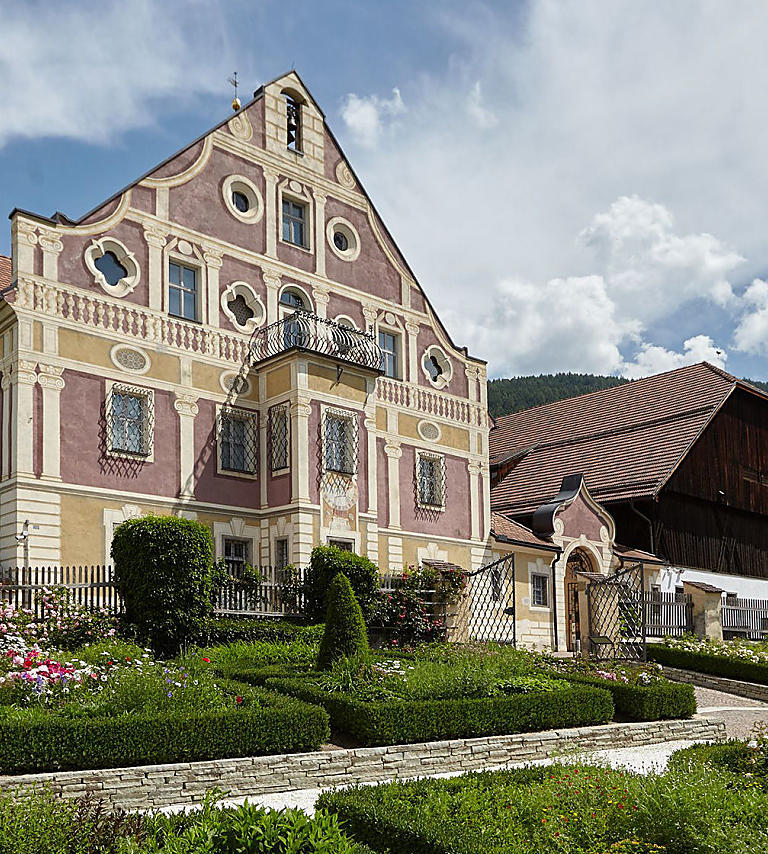
Day trip destination
Folklore Museum Dietenheim
A stroll through the past: farmhouses made of weathered wood, blooming gardens, grunting pigs and old mills - you'll find this and much more at the Folklore Museum in Dietenheim.
Das älteste der Landesmuseen Südtirols liegt im Pustertal, nur zwei Kilometer vom Stadtzentrum Bruneck entfernt. Das Volkskundemuseum Dietenheim besteht aus dem Ansitz Mair am Hof und einer weitläufigen Freianlage mit verschiedenen historischen Anlagen. Diese wurden aus ganz Südtirol auf das weitläufige Museumsareal versetzt. Die Höfe, Ställe und das Herrenhaus können von außen und innen besichtigt werden und lassen (Süd-)Tiroler Bauernkultur vom 15. bis zum 19. Jahrhundert aufleben.
Noble: Mair am Hof residence
Upon entering the grounds of the South Tyrolean Folklore Museum in Dietenheim, you walk onto the forecourt of Mair am Hof residence. This baroque building is easily recognizable thanks to its dusky pink façade, which is adorned with trompe l’oeil paintings. The residence was built between 1690 and 1700 by the aristocratic Von Sternbach family. The word ‘Mair’ has origins in the word ‘majordomus’, which means ‘estate manager’ in medieval usage. The purpose of such farms was to collect fees from the farmers for the landlords of the diocese of Brixen. The manorial system was common in agricultural societies, which meant that farmers had to hand over one tenth of their yield to these feudal landlords. Until 1803, the diocese of Brixen was a sacred territory in the Holy Roman Empire. Inside the house, the stately rooms of the aristocratic custodians, as well as the folklore collection, may be found. This gives an impressive idea of the wealth and daily lives of the various caretakers presiding over Mair am Hof residence.

Rural: where farmers worked
A set of three-storey farm buildings also belong to the residence. These feature an old barn showing how arable farming and cattle rearing worked before the advent of modern technology, when there were no combine harvesters or tractors. The barn is just one of 30 buildings standing on the open-air site. The only difference from the others is that the farm buildings did not have to be moved to the grounds of the musueum at Dietenheim, but are standing in their original spot, like the baroque residence. All the other buildings, such as workshops, farmhouses, mills and huts were transferred to the grounds afterwards and partially reconstructed. However, they have largely kept their original form and contain historical furnishings and fittings. This is how the museum is able to show what life was like for ordinary people over the course of five centuries.
Living history
The Folklore Museum at Dietenheim is no dust-covered collection of old items, and the museum village comes to life thanks to its guided tours and the range of events held there, including regular bread baking and handcraft demonstrations. Making lace for traditional costumes, weaving or forging are just a few others. The International Museum Day is held in spring, which involves ‘Preisranggeln’, whereby young athletes compete with each other in a traditional Alpine wrestling match, and a herb consecration on Assumption Day, the 15th August. Also bursting with life are the farmed fields, fragrant flowers, old fruit trees, and, last but not least, real domestic and farm animals – goats, pigs, bees – on the meadows between the houses.
Folklore Museum at Dietenheim
Further information
The South Tyrolean Folklore Museum is the oldest of the provincial museums in South Tyrol and offers a view of social life in the past. The noble residence “Mair am Hof”, built in the 17th century, gives you the opportunity of following a striking itinerary through the refined world of local aristocracy. The stately rooms of the landed gentry and the collections of the museum are located inside the residence. Translocated original farm houses, craft workshops and cottage gardens are situated on the three hectares of the green area. A walk through the open air site takes you into the everyday world of various peasant groups of the past: from the self-sufficient farmers to rural craftsmen, cottagers and labourers.

